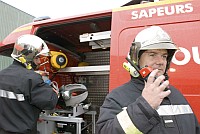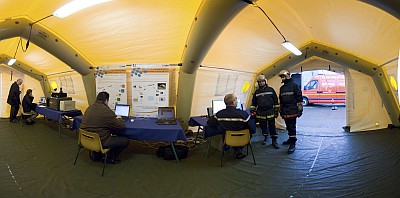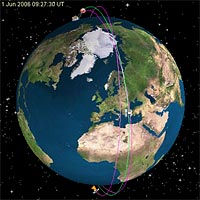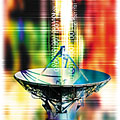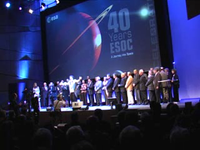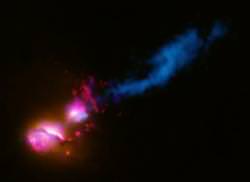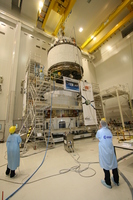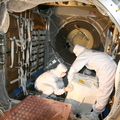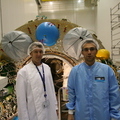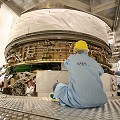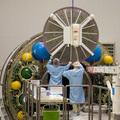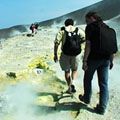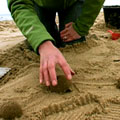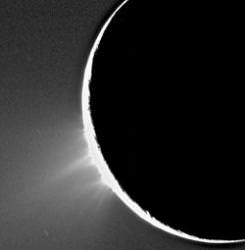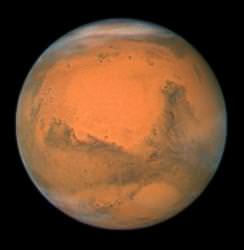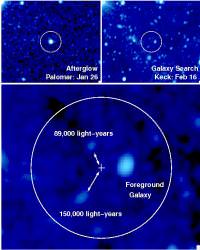Enhancing interoperability during European civil protection operations is the objective of an ESA project named Decision. In the context of this project, field trials were held in Chartres, France, focusing on satellite solutions to improve cooperation between civil protection agencies in crisis theatres - whether they occur in Europe or outside.
The 'Decision' (DEvelopment of CIvil protection Satellite communication services: enhancing Interoperability during deployments Outside Europe - also referred to as 'Multinational Telecoms Adaptor') Project aims to increase the efficiency of co-operation between different national civil protection units working within the same foreign crisis theatre, and between members of national teams.
The demonstration covered two intervention scenarios. The first focused on a national situation where an industrial disaster has occurred and, as a consequence, the terrestrial communications infrastructure has been destroyed. In this instance, telecommunications satellite links are used to support coordination between the command post in the field and the regional crisis operations centre.
The second scenario dealt with an intervention outside Europe (such as an earthquake or a tsunami) involving a number of different civil protection agencies. For international disasters, rescue activity coordination needs to be performed between units in the field, as well as between national centres in Europe. In such a situation, telecommunications satellites are needed so as to ensure, on the one hand, communications between field units and, on the other hand, between those units and their national centres.
The Chartres trial allowed the validation of the satellite multi-adaptor use concepts that are applicable both in a national and an international context. It also helped to assess the added value of the multi-adaptor in a joint operation by different civil protection agencies working within the same foreign crisis theatre.
The involvement of civil protection agencies as end users is of primary importance since, by its nature, the project has a user-need oriented approach rather than a technology-push one.
The field trial was conducted with a cooperative spirit and a complementary contribution, through which fruitful results and end-user feedback were collected. This will lead to the definition of new perspectives and extensions of the current work.
The results truly demonstrated the need for adapted tools such as the Multi-Service Adaptor Communication Facilities, and some tracking facilities. These technical assets can ease the work of agencies in case of emergencies and also show the importance of developing interoperability solutions adapted to in-the-field needs and constraints.
Funded by ESA, the Decision consortium is composed of Infoterra France, the project lead, TRADIA Spain, Astrium Satellites France, EADS Secure Networks France and Skysoft of Portugal.
In the civil protection field, ESA's activities are now focused on drawing together the views and expertise of all European civil protection agencies, to define their requirements and assist them in federating and articulating their demand for satellite services. To this end, the European Commission and ESA have set up a tailored work plan for promoting satellite-based services of direct benefit to European civil protection agencies. The demonstration held in Chartres was a key milestone in this strategic, user-driven effort.
